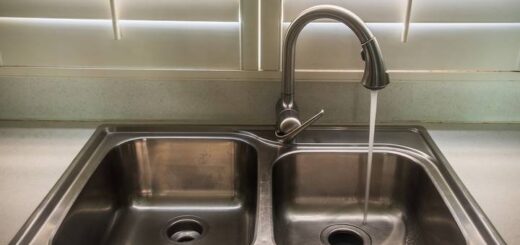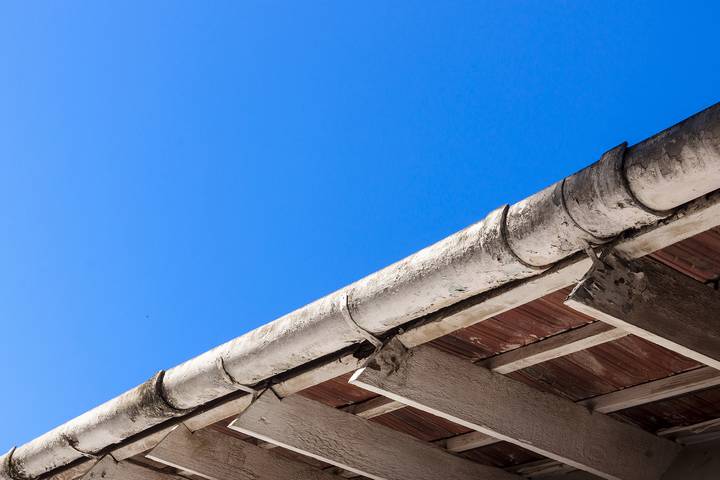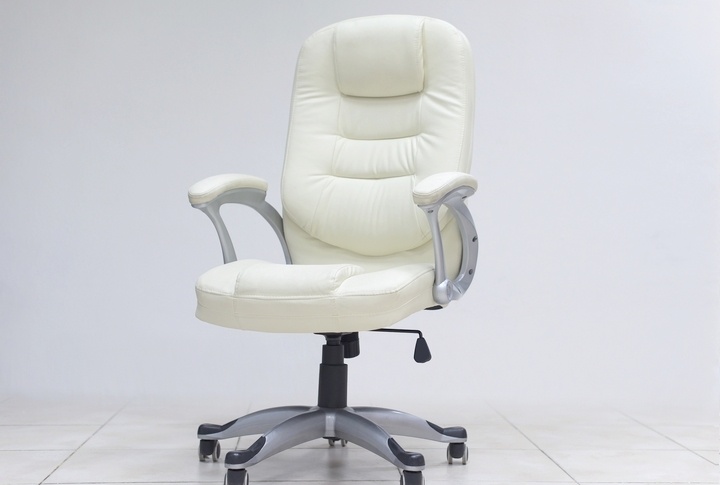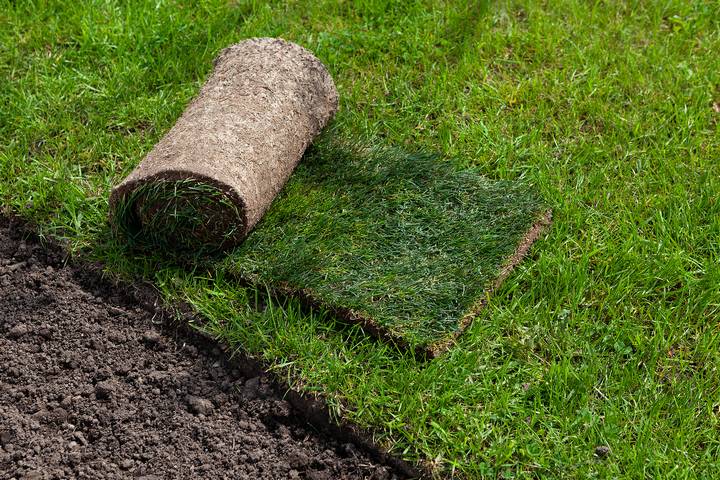How to Burn Wood in Fireplace
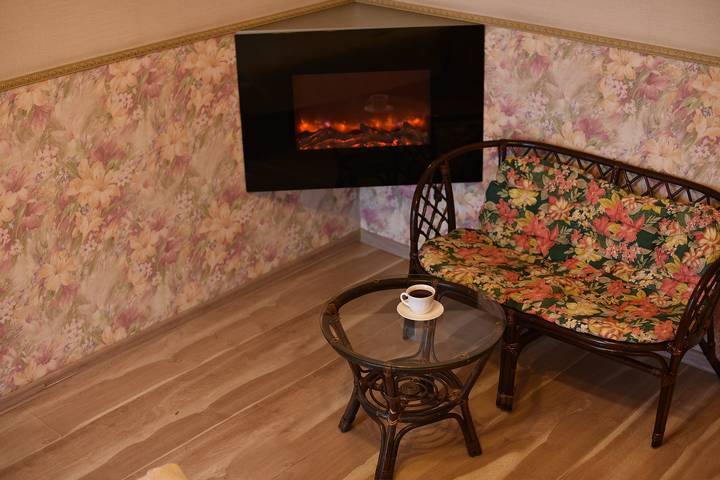
When you’re stuck outside on a cold winter’s night, and your hands are turning blue, and your face is turning numb, the only thing you can think of is returning home to the heat of a crackling fire. The feeling of the icy cold melting away before the glowing red fire.
The one problem? Unless you live with someone already warming up at home, you must build a fire before enjoying its physical and aesthetic beauty. This might pose a challenge for some people as they may find it more challenging to start the fire than expected, especially in wood fireplaces.
We’ve got you covered if you want to learn some firewood-burning methods. From picking out the correct wood to figuring out the right size, learning how to light the fire, and maintaining your safety, several steps come into play during this task. Continue reading this blog for tips and tricks on safely and successfully burning the wood in your fireplace!
1. Picking out the good wood
The first step to consider when it comes to burning the wood in your fireplace is picking the right wood. The choice between hardwoods and softwoods significantly impacts the quality of the fire. Hardwoods, such as oak, hickory, and maple, are preferred for their dense composition, burning longer and producing more heat.
In contrast, softwoods like pine and cedar burn faster but may be suitable for kindling. Equally important is ensuring the wood is well-seasoned, with a moisture content of around 20%. Seasoned wood not only ignites more easily but also burns cleaner, minimizing the buildup of creosote in the chimney, which can pose a fire hazard.
2. Placement of the wood
Now that you have selected your wood, you can place it in the optimal position in the fireplace. The key to effectively burning wood in a fireplace lies in the strategic placement of the wood. Establish a proper fire bed with crumpled newspaper or fire starters at the centre. Arrange kindling in a crisscross pattern above the ignition source, creating a foundation for the flames to catch and spread.
Gradually introduce small sticks or twigs to enhance ignition, ensuring a well-lit foundation for the larger logs. As you progress, strategically place larger pieces of seasoned hardwood, such as oak or birch, using a teepee or log cabin configuration. This layered approach optimizes air circulation, allowing for an efficient burn that produces heat and ambience.
Furthermore, maintaining an appropriate spacing between logs is crucial for sustained combustion. Avoid overcrowding the fireplace, as this can hinder air circulation and reduce the overall efficiency of the fire. By strategically placing the wood in a well-thought-out arrangement, you can ensure that the fire ignites evenly, burns efficiently, and provides a warm and enjoyable atmosphere in your home!
3. Igniting the fire
After setting up your fireplace, it is time to light the fire! Arrange kindling on the newspaper in a crisscross pattern, such as small sticks or twigs. Once the kindling is in place, use a long lighter or matches to ignite the newspaper. Hold the flame at the base of the fire, allowing it to catch on the kindling. As the kindling burns, gradually add larger pieces of wood in a teepee or log cabin formation. This layering technique promotes sustained burning.
As the fire takes hold, pay attention to its development and adjust as needed. Ensure proper airflow by avoiding overcrowding the fireplace with too much wood, which can hinder combustion. Use a fireplace tool set to rearrange logs and maintain an even burn.
4. Maintaining safety precautions
Maintaining your safety before and in the presence of a burning fire is paramount. To start, it is imperative to have a properly maintained and inspected chimney to prevent potential hazards.
Regular chimney cleanings help mitigate creosote buildup, reducing the risk of chimney fires. Installing a spark guard or screen in front of the fireplace is another crucial safety measure, preventing sparks and embers from escaping and potentially igniting nearby flammable materials. Equipping your home with smoke detectors and a fire extinguisher nearby adds an extra layer of protection, ensuring a prompt response to any unexpected incidents.
In addition to preventative measures, maintaining safety during the burning process is essential. It’s vital to avoid overloading the fireplace with excessive amounts of wood, as this can lead to inadequate ventilation and increased fire risk. Using heat-resistant gloves when handling firewood and employing a fireplace tool to rearrange logs help minimize the risk of burns or injuries.
Lastly, always be attentive to the fire, never leave it unattended, and remember to extinguish it completely before leaving the area or going to bed. By prioritizing safety at every step, individuals can enjoy the warmth and ambience of a wood-burning fireplace without compromising their well-being.

